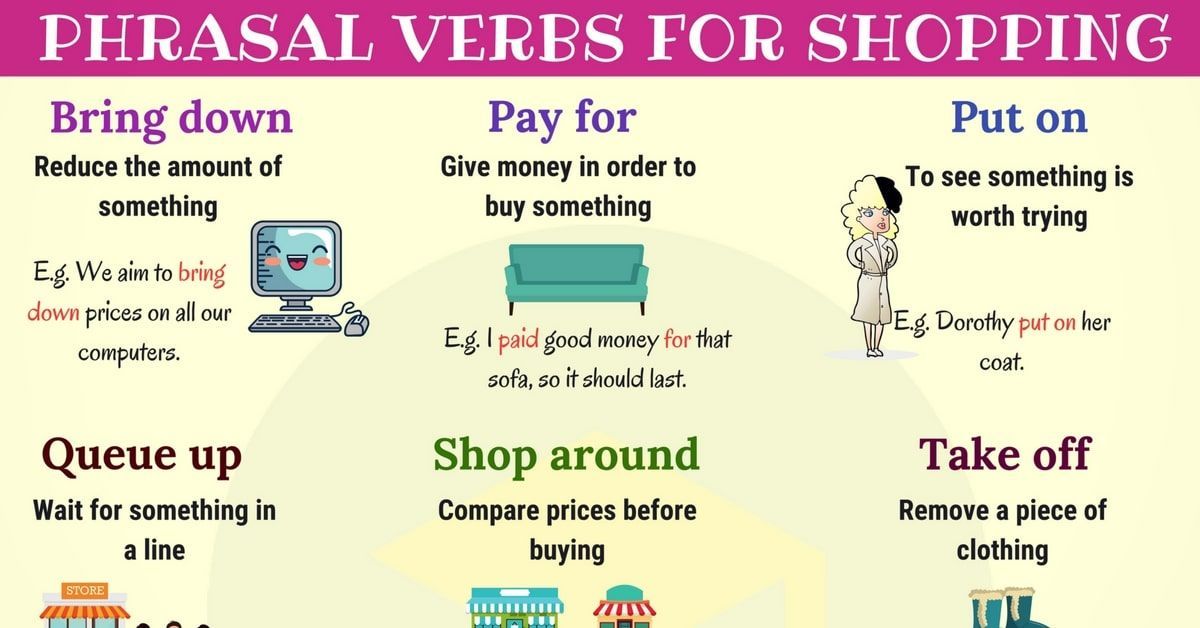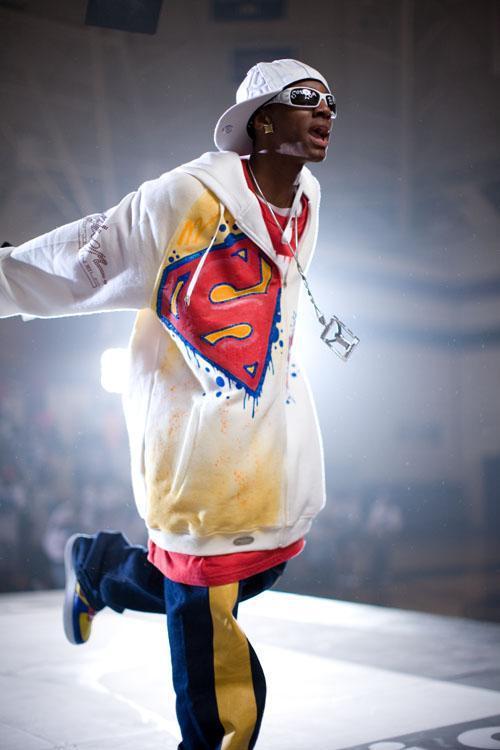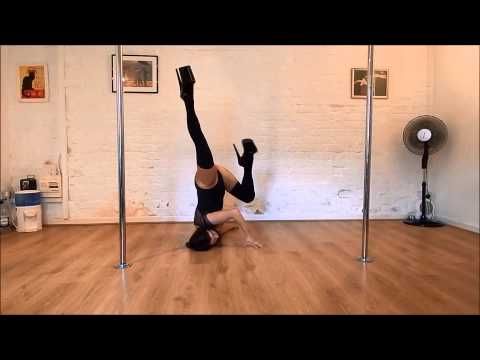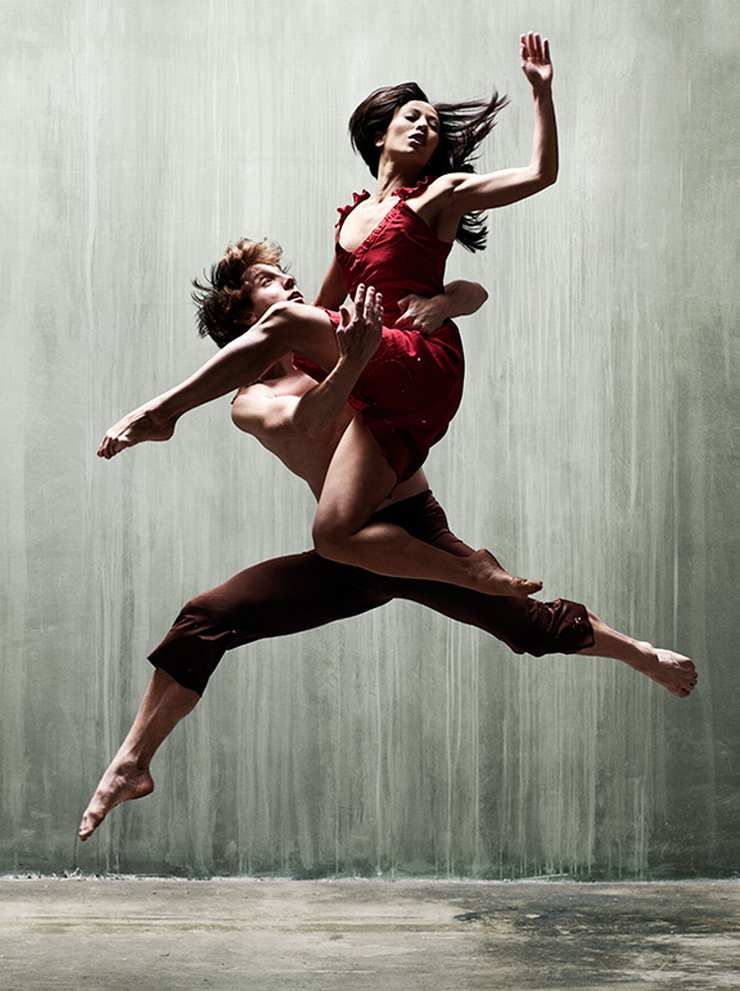How to dance reggae with a partner
Kandykane Dance: Samba Reggae Basic Figures
| internet source: Reggae Fusion |
A dance that you can enjoy solo as there is no need for a partner. Coming from te Bahia region on NE Brazil, the music is a cross between Samba and Reggae. With its vibrant and catchy beat it is a popular option for singles as well as a wider audience of Latin music and dance enthusiasts. The effect is not unlike an aerobics class, with the solo dancer facing front, either scattered randomly or in lines. In Brazils, open-air Samba Reggae can attract large crowds if participants, all follow the moves of the leader.
Figure 1: Passo Basico
The basic Samba Reggae move, and very similar to the Side Basic Samba but w/I the weight change. Start dancing w/ feet a little apart. Feel the rhythm and interpret it by adding own expression to the basic move- use the whole body to dance w/ the beat.
S Move sideways onto LF S Tap or touch the RF next to the LF S Move sideways onto RF S Tap or touch the LF next to the RF
Figure 2: Passo de Mile Tyson
Includes the type of defensive shoulder shrug used by boxers like the world-class heavyweight champion Mike Tyson. Go to Bahia and everyone will know the Passo de Mike Tyson. There is no need to take steps in this move. Start w/ feet apart, standing on RF.
SS | Transfer weight onto LF and move L shoulder fwd, while making a fist w/ hands |
SS | Transfer weight onto RF Andover R shoulder fwd, while making a fist w/ hands |
Figure 3: O Pente
Movements reable combing the hair, hence the name the “Comb”. In O Pente, there are no steps, so feet do not move. Start w/ feet apart, weight on RF.
In O Pente, there are no steps, so feet do not move. Start w/ feet apart, weight on RF.
SS | Transfer weight slowly onto LF, as turning upper body to the R. Draw L hand over head as if combing hair |
SS | Transfer weight slowly onto RF, as turning upper body to the L. Draw R hand over head as if combing hair |
Figure 4: Passo de Pele
Tribute is paid to one of Brazil’s soccer superheroes in the “Pele Step”
S | Move fwd onto LF |
S | Kick the RF fwd (as if kicking a football) |
S | Move back onto RF |
S | Tap LF behind but w/o transferring weight |
F
igure 5: Abrir a Cortina
Means “Opening the Cutains”. The same as Passo Basico but w/ arm movements to mime opening curtains.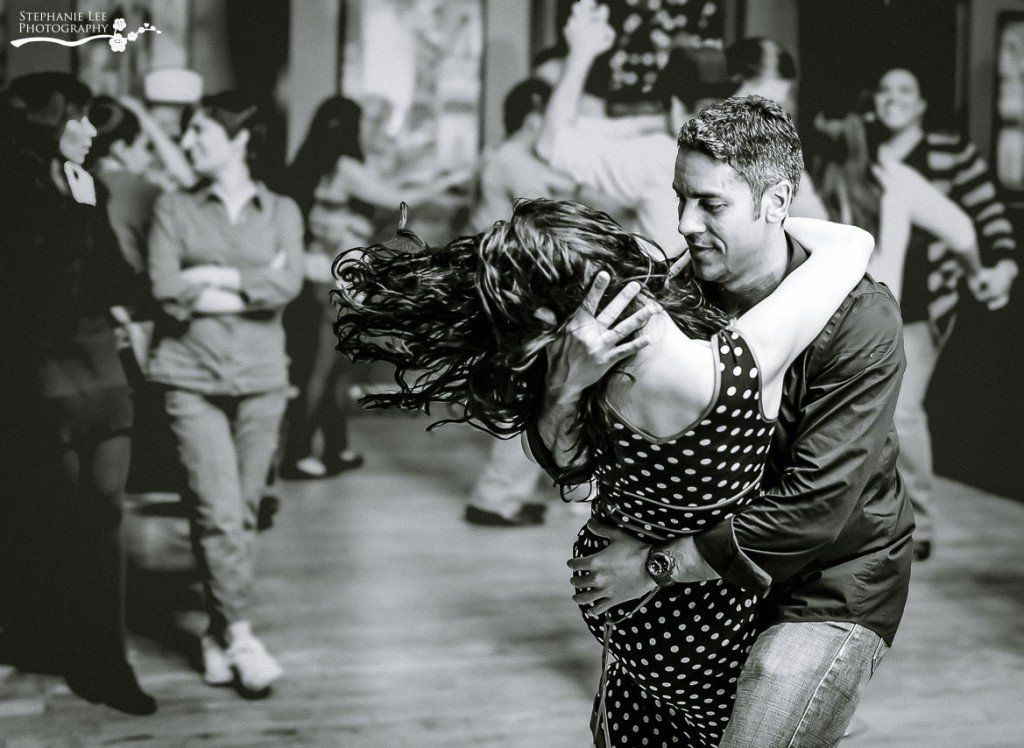
S | Move sideways onto LF, extending the L arm and moving it outwards to end opposite the LF. Reset the R hand on the R hip |
S | Tap or touch the RF next to the LF |
S | Move sideways onto RF, extending the R arm and moving it outward to end opposite the RF. Reset the L hand on the L hip |
S | Tap or Touch the LF next to RF |
Figure 6: La Bailarina
The “Ballerna Step” and has a very similar pattern of Samba Whisk. During the move to the L, rotate the arms cw to end extended on the L side; during the move to the R, rotate the arms ccw to end extended on the R side.
S | Move sideways onto LF |
S | Tap or touch RF behind LF, turning the RF out. Avoid lowering the R heel but maintain pressure through the toes |
S | Move sideways onto RF |
S | Tap or touch LF behind RF, turning the LF out. |
Get back to the 'Kandykane's Dance Learning Notes' or go to the 'Dance Glossary'.
...................................................
Follow me for more updates on:
twitter.com/KandykaneDance
google.com/+KandykaneDance
instagram.com/kandykanedance
Latin Dances List: 15 Popular Styles, Names & History
Latin dances are rather a large group of dance styles that are united by their place of origin - Latin America and invariably passionate rhythms and performances. Latin American dances are a type of ballroom and club dances that spread throughout Europe in the 19th century and became very popular. They owe their wide popularity to curiously mixed cultures of the Americas, including European and local folk dances. Thus, the Spanish folk dance, the elements of which were performed by bullfighters during a bullfight, became known throughout the world as a paso doble. Samba was brought to Brazil, and then to Europe, African influence is seen in rumba and cha cha cha which originated in Cuba and Haiti.
Samba was brought to Brazil, and then to Europe, African influence is seen in rumba and cha cha cha which originated in Cuba and Haiti.
LATIN DANCES LIST
The traditional program of Latin Ballroom Dances, adopted by the World DanceSport Federation, since 1930 includes five dances in the Latin American section. These are Samba, Rumba, Cha-Cha-Cha, Paso Doble and Jive (United States origine). All of them are performed in a pair, a man and a woman and, unlike the European dances, the partners during the performance can either separate the contact, or cling to each other very closely. All Latin American dances are rhythmic and emotional, and some of them are particularly sensual.
The other large group of Latin dances is so-called Social (or ”club” Latina) includes Salsa, Bachata, Merengue, Reggaeton, Mambo, Kizomba, Zouk and Argentine tango. It has long been one of the most popular group of mass dance, both in Latin America and in the United States, Europe and Asia.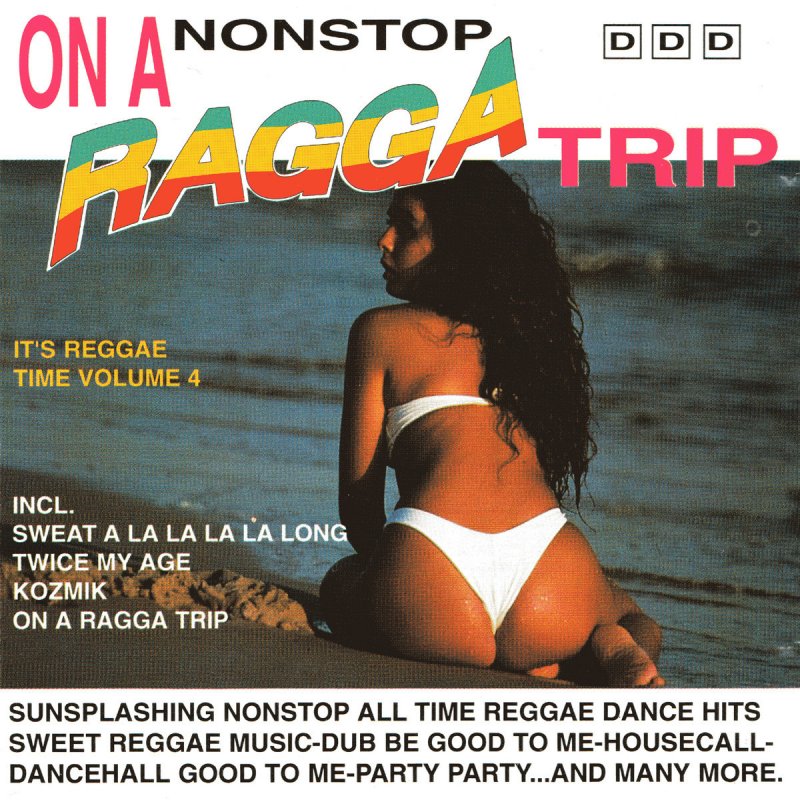 Salsa and bachata, merengue and mambo - these dances do not require perfected skill, it is more important to reveal them completely, turning movements into meaningful love and passionate stories. For many years, the cult for all Latin dancers is the movie “Dirty Dancing” with Patrick Swayze, where the most popular amateur dances are shown in all its glory.
Salsa and bachata, merengue and mambo - these dances do not require perfected skill, it is more important to reveal them completely, turning movements into meaningful love and passionate stories. For many years, the cult for all Latin dancers is the movie “Dirty Dancing” with Patrick Swayze, where the most popular amateur dances are shown in all its glory.
Here is a List of Social Latin American dances:
Salsa
Salsa dancing initially developed into a particular style in the 1940s and comes from a tradition of Latin dance styles that dates back to the early 1900s. It is heavily influenced by Afro-Cuban traditions and dance styles such as mambo, guaguanco and danzon. The brief history of salsa dance is that people moved to new locations and assimilated into new cultures, where salsa evolved into fresh styles. There are several different salsa styles influenced by cultures of the cities they originated. For instance, most famous in North America in United States are New York Salsa (also known as dancing 'On 2') and Los Angeles Salsa (known as dancing 'On 1'). Many dance aficionados actually claim that New York Style salsa is the original style of salsa, as the term and the dance were coined in the Big Apple. Other styles include Cuban salsa, Cumbia, Rueda de Casino (read more on salsa dance types here). Besides New York and Los Angeles in USA, major cities around the world where salsa is most popular are: Toronto Salsa and Vancouver Salsa in Canada and in United Kingdom: London Salsa. There are numerous Salsa Festivals around the world that attract thousand of Salseros every year as well as Salsa Congress which is a multi-day dance festival featuring workshops, social dancing, performances and competitions focusing on Salsa dancing.
Many dance aficionados actually claim that New York Style salsa is the original style of salsa, as the term and the dance were coined in the Big Apple. Other styles include Cuban salsa, Cumbia, Rueda de Casino (read more on salsa dance types here). Besides New York and Los Angeles in USA, major cities around the world where salsa is most popular are: Toronto Salsa and Vancouver Salsa in Canada and in United Kingdom: London Salsa. There are numerous Salsa Festivals around the world that attract thousand of Salseros every year as well as Salsa Congress which is a multi-day dance festival featuring workshops, social dancing, performances and competitions focusing on Salsa dancing.
Bachata
Bachata dance is known for its love stories, and its syncopated rhythm. The dance actually was born of the music in the Dominican Republic during the 1960’s. Unfortunately, a dictatorship that found Bachata to be an art form of low standing held the music and the dance back for decades.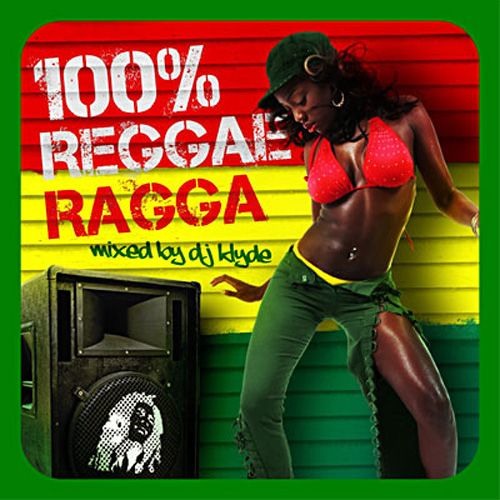 The music was first developed with a heavy guitar emphasis and heartrending love stories as its basis. However, it grew primarily within bars and brothels, and this led to Bachata being held back for literally decades. Although the Bachata dance itself is a spinoff of the music, in recent years the music has grown more slowly than the dance. Bachata dance continues to grow and thrive all over the world, and has finally reached a place where it is widely accepted.
The music was first developed with a heavy guitar emphasis and heartrending love stories as its basis. However, it grew primarily within bars and brothels, and this led to Bachata being held back for literally decades. Although the Bachata dance itself is a spinoff of the music, in recent years the music has grown more slowly than the dance. Bachata dance continues to grow and thrive all over the world, and has finally reached a place where it is widely accepted.
Merengue
The Merengue is a couple dance that has roots in the Dominican Republic. There are many theories of how precisely it became the dance that it is today. It is certain, however, that Dictator Rafael Trujillo deemed it the Dominican official dance and musical style after his rise to power in the 1930’s. A similar style is enjoyed in neighboring Haiti. The Merengue is one of the recognized Latin dance that has evolved over the years and widely enjoyed in many parts of the world.
Mambo
Mambo is a Latin dance of Cuba which was developed in the 1940s when the music genre of the same name became popular throughout Latin America. The word mambo comes from the name of the god of war. In immemorial times, the Cubans dedicated a ritual dance to him, with the aim of deserving location and ensuring patronage. The mambo dance has much in common with rumba and cha-cha (at first, the famous cha-cha-cha was even called syncopated mambo), but it has a great temperament, freedom in expressing feelings and emotions, luxurious music. Incendiary rhythms of mambo are widely used in cinema. This dance is both a means of seduction and a way to express your feelings. Among the most famous films in which dance is used is the film “Mambo” with starring Antonio Banderas and Arman Assante and the more modern film Dirty Dancing starring Patrick Suezi.
Kizomba
Kizomba is a new direction of latin dance culture that originated in Angola in the 1980s under the influence of French Creole music and African folk rhythms. And in Europe, it has spread widely in the twenty-first century. Kizomba has similar features with samba, bachata and Argentine tango, but this style is smoother, moderate and calm. Energy of Kizomba is more sensual and romantic, not expressive but rather flirtatious. Nowadays, Kizomba is winning the hearts and minds of modern youth. Everyone wants to learn how to dance Kizomba, everyone wants to shine at parties, to be fashionable and modern. There are numerous Latin Festivals around the world that include Kizomba as one of their featured dances.
Zouk
In the late 20th century, dramatized concert performances with bright costumes and lively ethnic music were popular in Haiti, Martinique and the Cape Verde Islands. This is how the Zouk dance style emerged, combining the intonation of authentic Haitian music, the calypso style, the sound of “black” Angolan music. “Zouk” in French Creole means “party” or “festival.” Dancing evenings with live music have won wild popularity not only on the islands. France, Canada, Brazil and the countries of Asia and latey United States have not resisted the pressure of the sensual rhythm.
This is how the Zouk dance style emerged, combining the intonation of authentic Haitian music, the calypso style, the sound of “black” Angolan music. “Zouk” in French Creole means “party” or “festival.” Dancing evenings with live music have won wild popularity not only on the islands. France, Canada, Brazil and the countries of Asia and latey United States have not resisted the pressure of the sensual rhythm.
Zuk dance is a social dance that is performed on three counts and is saturated with beautiful curves of the upper part of the body and deflections, and the steps and turns are complemented by circular rotations, wave-like movements and turns of the head. This style of dance is much more sensual than others, its turns and “falls” are spectacular, so the flexibility of the partner is of particular importance. Acrobatics are allowed. There are many Latin Festival events around the world that include Zouk dance as an essential part of their program.
Reggaeton
Reggaeton is a musical style that originated in Puerto Rico and Panama in 1970-1980. It was born under the influence of such directions as reggae, dancehall, hip-hop and very quickly became popular in the countries of Latin America and the Caribbean. And how a separate style was highlighted in the 1990s, spreading its popularity to the USA, where immigrants brought it. A characteristic feature of this musical direction is overt and even somewhat aggressive sexuality, a clear reggae rhythm and a recipe in Spanish. Nando Boom and El General are considered to be the fathers of this musical direction.
Argentine tango
Tango is a very sensual dance, and is among some of the most famous couple dances today. Prior to the birth of Tango, which happened in the poorer sections of Buenos Aires in the early 1900’s, there were only a few dances that required that a couple become so intimate as to face each other. The history of Argentine Tango is a little muddled, as it began in the lower classes, and it has faced many trials over the years. However, Tango has survived and grown into a dance that is enjoyed worldwide. Around 1911, Tango made the trip overseas and became a sensation in Paris, London and Berlin. 1913 saw it strike New York City in full force, although less authentic Tango dancing was already practiced there to some extent.
The history of Argentine Tango is a little muddled, as it began in the lower classes, and it has faced many trials over the years. However, Tango has survived and grown into a dance that is enjoyed worldwide. Around 1911, Tango made the trip overseas and became a sensation in Paris, London and Berlin. 1913 saw it strike New York City in full force, although less authentic Tango dancing was already practiced there to some extent.
Tango scenes have been featured in many tango films. Tango scenes have been featured in many tango films. Today we see many thriving tango communities around the world, with the biggest one in Buenos Aires (Argentina), in USA: New York tango and Seattle tango are among the largest, in Europe: Berlin and more. You can catch the best tango performances at many Milongas (social tango dancing). There are as well many Tango Festivals around the world that attract thousand of Tangueros and fans.
Bomba
Bomba is one of the traditional dances and musical styles of Puerto Rico, which arose at the intersection of African and Spanish cultures and the Indian culture of native Taino. Bomba got its name from the drums made out of rum barrels. The base rhythm of Bomba is performed on two or more drums. The meaning of bomba is similar to the meaning of Cuban rumba - it is a competition between a singer, a dancer and a percussionist.
The main trait of Bomba is that the musicians in it follow the dancer (and not vice versa). The vocal part consists of the recitals of the soloist and choir (at least three voices). In this case, the soloist will improvise poetry, and the chorus will respond to him.The dance is still extremely popular in Puerto Rico and New York.
Plena
Puerto rican style of music and dance, used as a means of social and political expression. This traditional dance uses a panderet (tambourine), has a 4/4 pace and does not follow the clave. Plena was created 100 years ago in the working class barrios of Ponce, Plena's roots could be traced back into the changes in society brought on by Puerto Rico's move from Spanish into U.S. rule. Plena was born of African American roots and has been changed to a distinctively Puerto Rican dance style from the consequences of Jíbaro, indigenous Taino, and European musical traditions, along with the contribution of freed slaves out of English-speaking Caribbean Islands who travelled to Puerto Rico.
Plena was created 100 years ago in the working class barrios of Ponce, Plena's roots could be traced back into the changes in society brought on by Puerto Rico's move from Spanish into U.S. rule. Plena was born of African American roots and has been changed to a distinctively Puerto Rican dance style from the consequences of Jíbaro, indigenous Taino, and European musical traditions, along with the contribution of freed slaves out of English-speaking Caribbean Islands who travelled to Puerto Rico.
Plena primarily existed within folklore nevertheless, in the 1990s Plena has been given new life due to musical bands from Puerto Rico and New York who updated its sound to be fresh and modern. Whether folklore or contemporary audio, it is the panderos -- three or more handheld drums of distinct sizes/pitches (seguidor, segundo, and requinto), along with also the guiro -- a gourd percussion tool of native Taino source -- which collectively create the unique rhythm of Plena.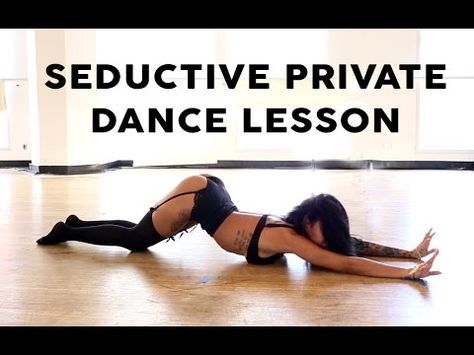
Here is a list of Latin Dances included in the program of Ballroom dancing (International Latin):
Samba
Samba is a dance rich in history, and one that is known for the joy it expresses. The traditional Brazilian Samba is a national favorite each year at Rio’s Carnival Celebration. Both men and women, each known as a Sambista, present the rhythmic celebratory dance throughout the city during the festivities. The Ballroom Samba varies greatly from many of the styles, but does maintain some of the Brazilian Samba characteristics. Ballroom Samba is recognized as one of five International Style of Latin Dancing partner dances. The Samba as seen today developed in Rio near the close of the 19th century. In 1917, Samba was beginning to be viewed as a dance style in its own right. The year of 1930 saw it become an accepted form of ballroom dance -- Ballroom Samba has made a lasting impact on partner dancing throughout the world.
Rumba
Rumba, one of the five international Latin dances, is a sultry story in motion. This particular Latin dance is widely acknowledged as the most sensuous. Rumba has humble beginnings. As with many others, at least some of Rumba’s roots can be traced back to African tribal dances. However, it is in the nation of Cuba where it became the Rumba that is still so popular today. It is commonly referred to as the grandfather of Latin dance. Rumba hit the United States during the 1920’s, and laid the groundwork for all Latin dances thereafter.
Cha-Cha-Cha
Originally known as Cha-Cha-Cha, the name of this flirtatious and upbeat partner dance has been shortened a little over the years to simply Cha-Cha. This particular dance style was developed originally in Cuba, and then picked up by dancers visiting Havana from all over the world.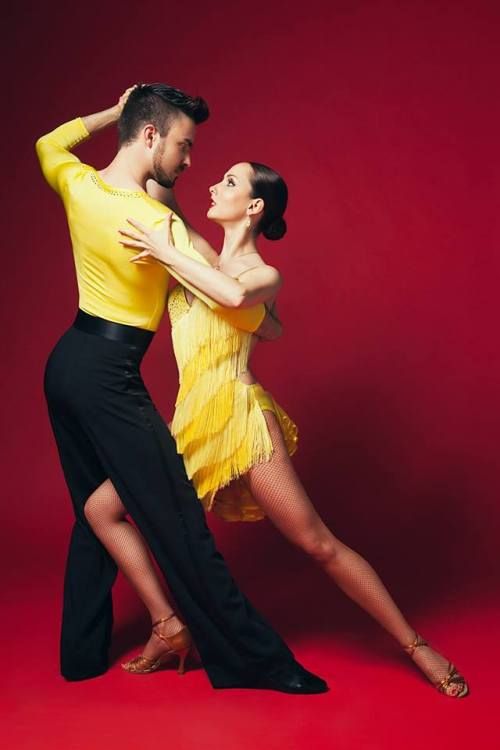 The dance's fun, flamboyant and quick nature made it appealing then, and certainly adds to its appeal now. The more authentic Cuban style is very sensual, somewhat teasing and a bit contagious. Not only is the Cha-Cha still danced across the globe and is one of the International Style of Latin Dancing partner dances, the musical genre can be heard sung by incredibly popular musical artists even today.
The dance's fun, flamboyant and quick nature made it appealing then, and certainly adds to its appeal now. The more authentic Cuban style is very sensual, somewhat teasing and a bit contagious. Not only is the Cha-Cha still danced across the globe and is one of the International Style of Latin Dancing partner dances, the musical genre can be heard sung by incredibly popular musical artists even today.
Paso Doble
Paso Doble (Spanish for “two steps”) is a Spanish dance imitating a bullfight. Paso doble was one of the many Spanish folk dances associated with various aspects of Spanish life. The partner represents the torero, and the partner - his cloak (muleta), sometimes - the second torero, and very rarely - the bull, as a rule, defeated by the final blow. The nature of the music corresponds to the procession in front of the bullfight. The dance was first performed in France in 1920, became popular in Parisian high society in the 1930s, therefore many steps and figures have French names.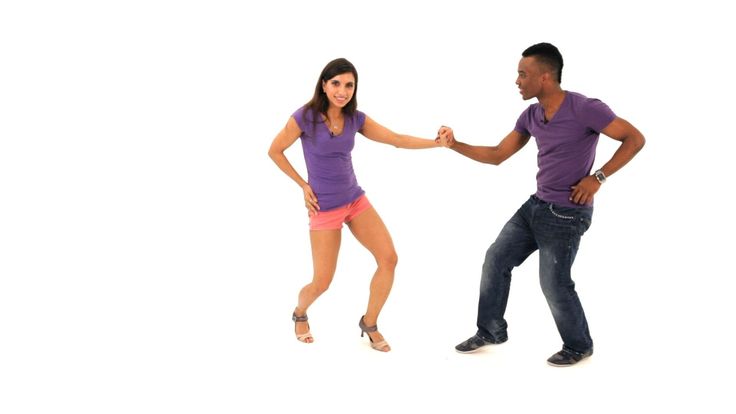 After the Second World War, Paso Doble was included in the Latin-American program of sports ballroom dancing.
After the Second World War, Paso Doble was included in the Latin-American program of sports ballroom dancing.
Jive
Jive is a dance of African American origin that appeared in the USA in the early 1940s. Jive is a type of swing with fast and free movements. Modern jive is very different from swing in style, although it often uses the same shapes and movements. Jive dance is performed at ballroom dancing competitions. Of the five dances of the Latin American program, the jive is always the last and is the apotheosis of the competitive program. This dance is very fast and sparkling. Thus, it allows couples not only to demonstrate technical skills, but also to show their physical fitness.
There is also East Coast Swing that we plan to cover later. Stay tuned!
How to learn to dance reggaeton?
Posted on by HRTrain
A bit of history
Reggaeton is a genre of music, not dance moves.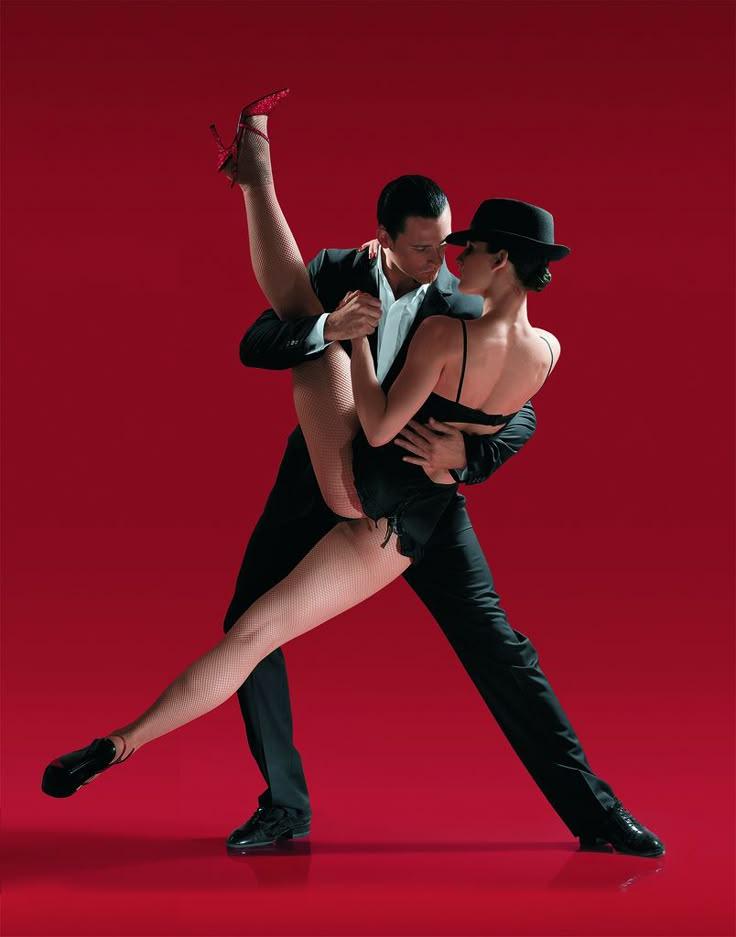 It was brought to Panama by Jamaican workers in the 70s of the 20th century. At the same time, Jamaican songs began to be translated into Spanish. Some time later, the first Spanish-speaking rapper released discs in which he mixed reggae with hip-hop.
It was brought to Panama by Jamaican workers in the 70s of the 20th century. At the same time, Jamaican songs began to be translated into Spanish. Some time later, the first Spanish-speaking rapper released discs in which he mixed reggae with hip-hop.
Today, reggaeton has become a national treasure in Puerto Rico, and has recently been used for an election campaign. In recent years, it has spread widely even in America. nine0005
Dance
Today the dance has managed to change a lot of names, has been both phreaking and grinding, even perreo. This became its most common name.
Perreo is a dance in which two people dance imitating sexual rubbing against each other, with the girl's back to the partner. Apparently, the dance reminded the Puerto Ricans of dogs (perro - dog) so much that they named it after him. Such licentiousness in Puerto Rico is only welcome, although in Europe this dance met with ardent condemnation. It was believed that this dance is vulgar, wild and humiliating, but soon reggae music sounded from everywhere.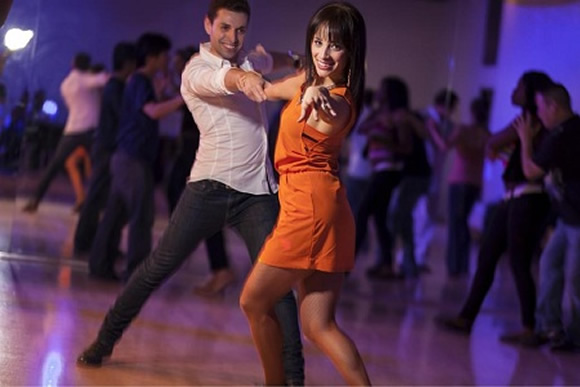 nine0005
nine0005
How to dance it
How to reproduce the movements is up to the reggae dancers themselves. Fuzzy movements, reminiscent of friction, close contact of bodies - all this resembles intimacy with a hint of dance. Or a dance with a hint of intimacy. It was for this appearance of reggae dance in Europe that it was received with hostility. After all, it is young people who are especially prone to bad influences who dance reggae. But if you look closely, you can see that the touches never end, the bodies do not press, and it is this understatement that creates the effect of a dirty dance, which can only be achieved by long training, but not by improvisation. nine0005
Whatever it was, the perreo is just one of many variations of dancing to reggae music. Yes, the music is meant to express the sexual energy that overwhelms you, but you need to dance in the way that the rhythm tells you.
We listen to reggae
More than two hundred performers work in this direction, but DJs choose and put on only what they like, and because it seems that the music is monotonous. Don't trust first impressions.
Don't trust first impressions.
It's worth appreciating reggae in its development to understand how diverse it can be. Start with ShabbaRanks "DemBow". This is practically the progenitor of reggae music, more modern songs are frenzied Spanish recitative and one-word pounding, as in the song Daddy Yankee-Gasolina. There are also more melodic variations with soul elements: Don Omar - Senor De La Noche, En su Nota. There are also quite slow ones, if I may say so about reggae: Alexis y Fido - Tu No Sabes. Reggae is often mixed with other dance and music styles, such as AndyMontanez-Se Le Ve, which is a combination of salsa and reggae. nine0005
Rostrud explained the features of part-time work and gave instructions
Professional standards. Why are they needed and what do they give?
Everything about reggaeton, its origin and performance
Reggaeton is a dance that got its name from the musical direction "reggi". Accordingly, now there is no question of what kind of music it is performed to. ) The origin of both music and dance is one thing, this is Panama, Puerto Rico, that is, Latin America. If we talk about modernity, then I would not say that this is a modern style, since it appeared due to the merger of several dance styles, such as: hip hop, dancehall, etc. But in fact, the most natural reggaeton has been dancing for a very long time, in Panama it can be called folk to some extent, but it received international demand a little later. This is how reggaeton dance is danced and today in almost all countries of the world and Ukraine is also no exception, but unfortunately reggaeton fades into the background every year, it is replaced by kizomba, bachata, twerk, dancehall and other directions. nine0005
Why do you ask sorry? Yes, because this is a wonderful dance, and I think it is in such choreographic genres that all the originality and authenticity of the peoples from where they come from - Africa and Latin America are hidden.
Although reggaeton is such a cool and hot dance, but for some reason it is very rare to find it here, almost no dance school in Lviv teaches this style.
Everyone can learn how to dance reggaeton, and after that you will hardly ever be able to refuse it. Because this is an incendiary dance that can cheer up and tone the body too.)
In addition to the usual reggaeton, there is also reggaeton fusion - this is the same reggaeton, only somewhat modernized and more similar to modern choreography, it includes new elements from other styles.
Paired reggaeton also happens, similar to social dances such as kizomba or bachata and radically different from reggaeton that is danced alone, it is more gentle and sexy and its tempo is also slower.
If we talk about reggaton in a couple, then it’s hard to learn it on your own, because at least you need a partner,) and at most the help of a specialist, because there is a certain pattern of steps that will be difficult to master on your own, unless of course you have not danced before, but for single reggaeton you can. nine0005
You can also lose weight and tone up your body with the help of reggaeton.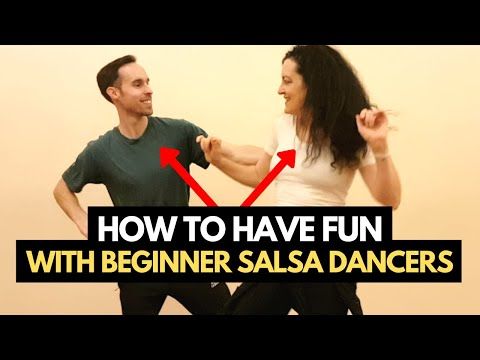
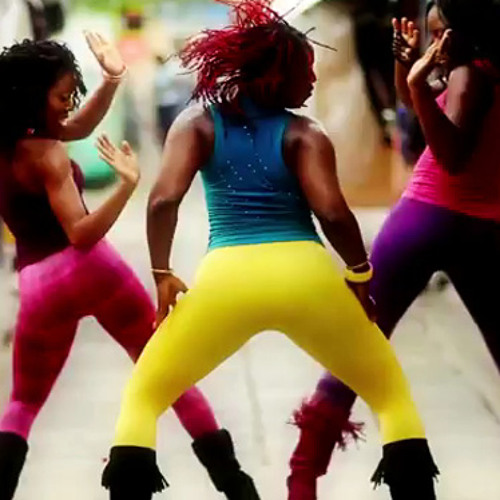 Avoid lowering the L heel button tail pressure through the toes.
Avoid lowering the L heel button tail pressure through the toes.